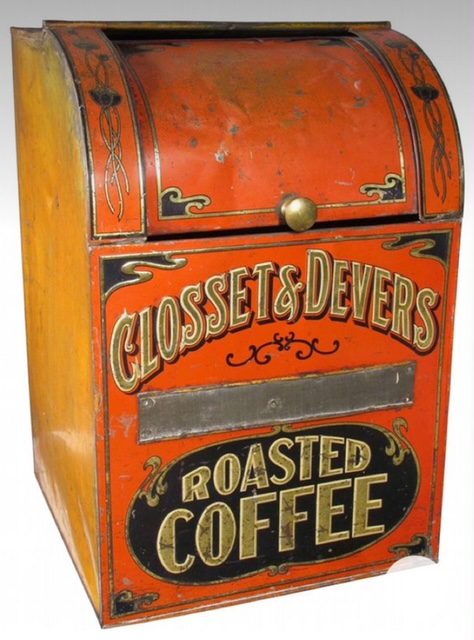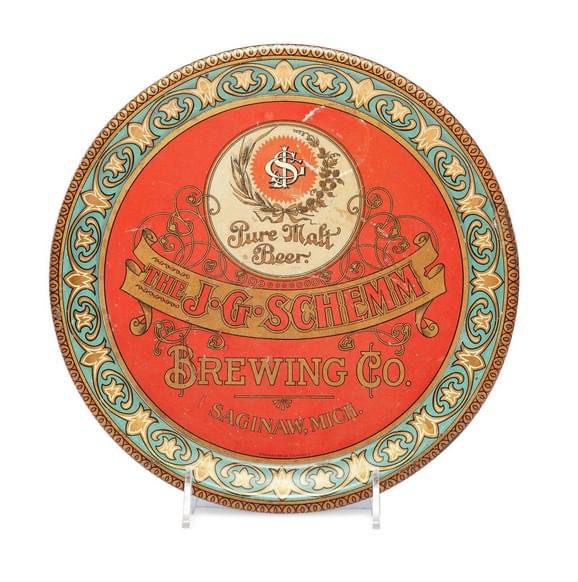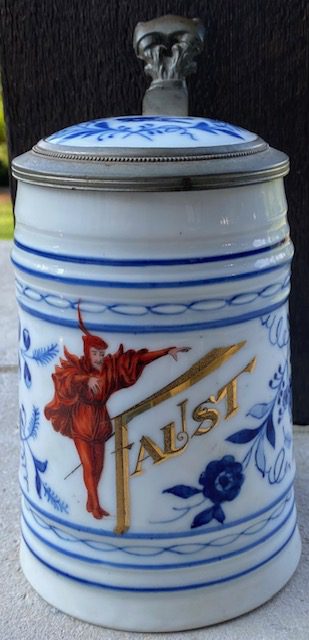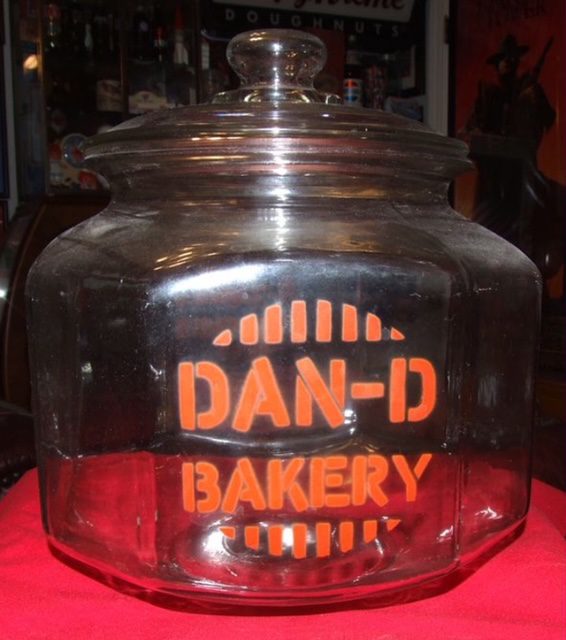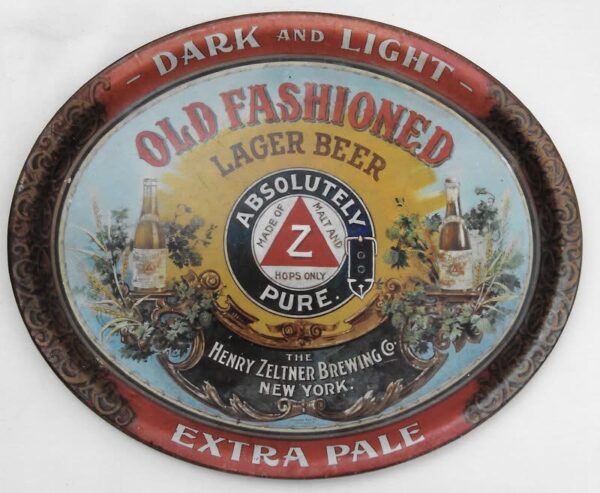
Henry Zeltner Brewing Co. Serving Tray, Circa 1905
Here is a great and very early metal serving tray from the Henry Zeltner Brewing Company which was in New York City. This particular tray advertises their Old-Fashioned beer style and also their Dark and Light along with their Extra Pale brands of beer. This particular brewery was in a very competitive New York City…








